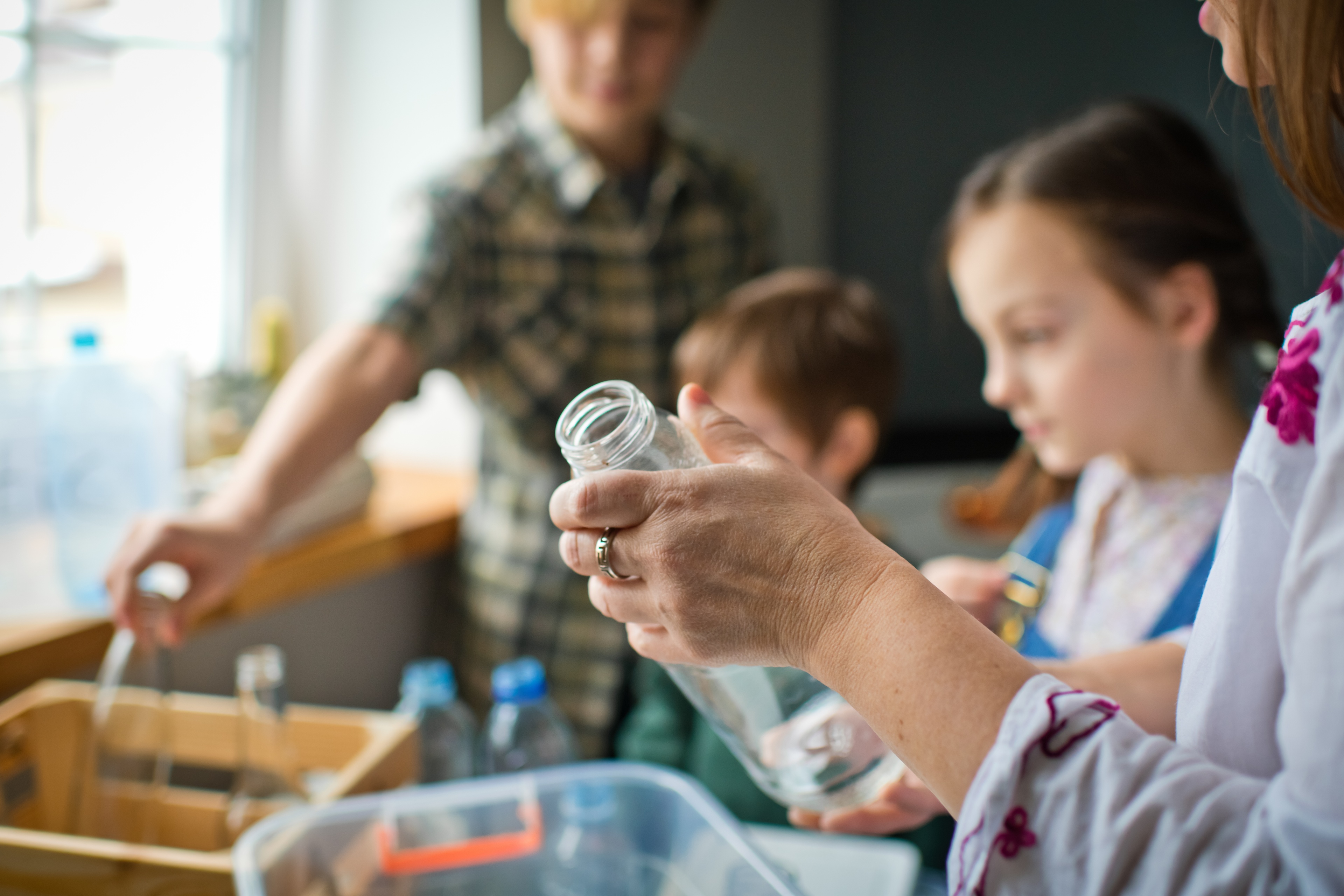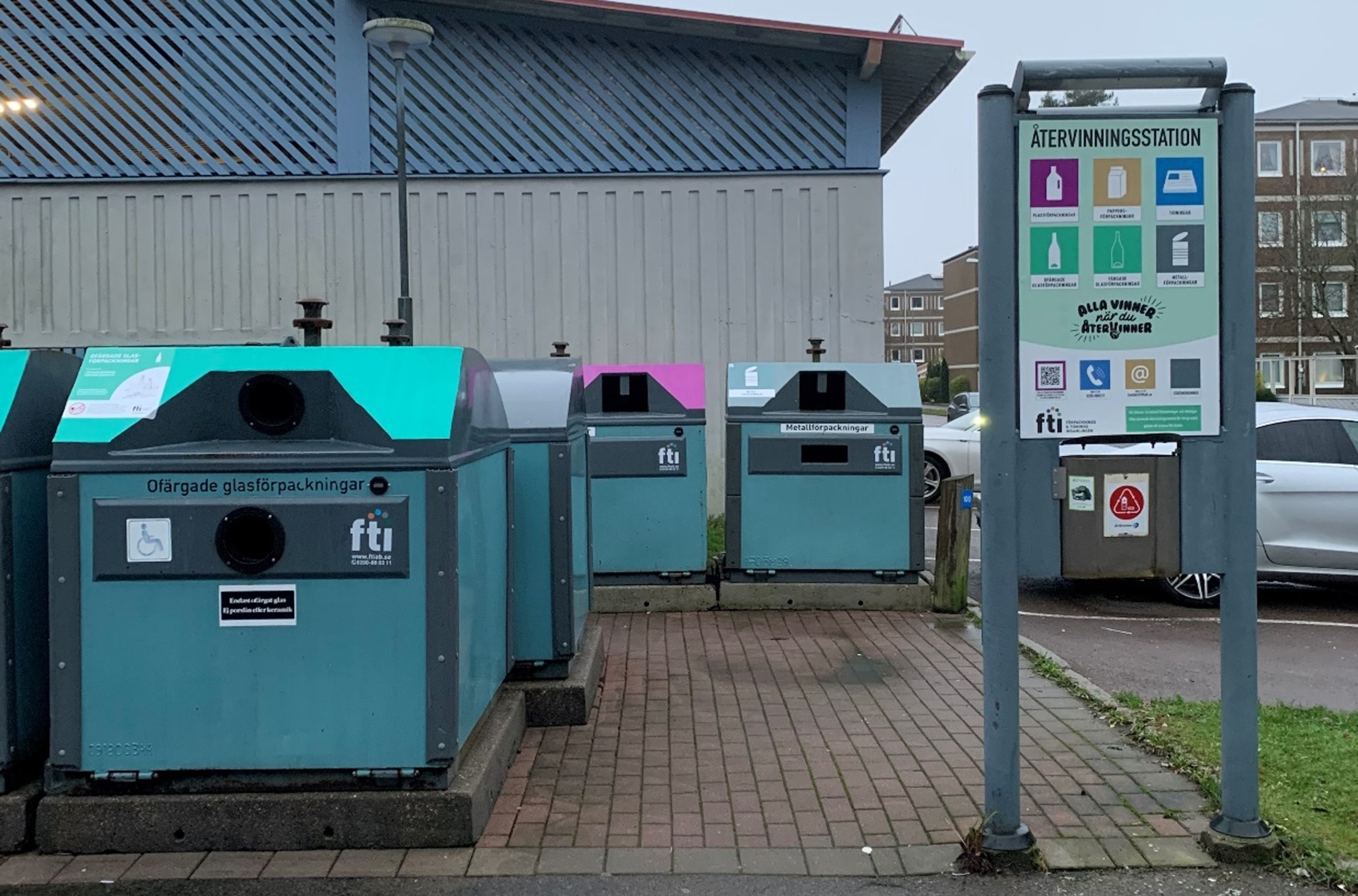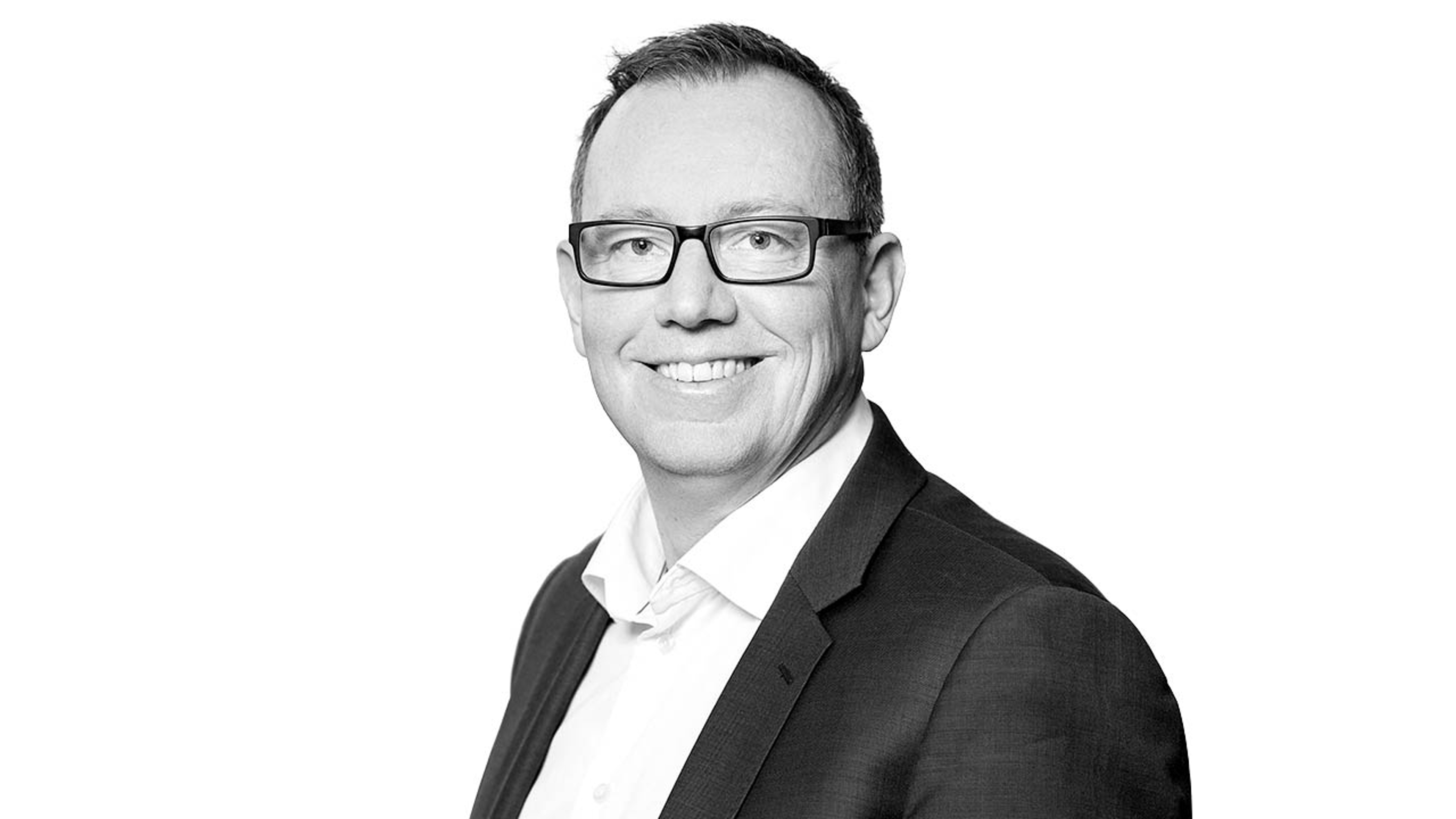Case
Research project on waste sorting shows the way to reduced climate impact
Improved sorting of household waste can lead to a 10–35% reduction in climate and energy impact. But to get there, we need systemic change to ensure that more material is sorted correctly. This is one of the findings of the research project TJÅRVEN, in which Semcon has collaborated with research insititute RISE and FTI (which takes care of the recycling stations in Sweden) to investigate how energy use can be reduced through improvements in recycling stations as viewed from the users’ perspective.

CustomerTjårven research project
IndustryOther
CompetencesStrategic Business DesignDesign & User Experience
Background
There are many reasons why current waste sorting doesn’t function optimally. Among these are ambiguity and a lack of knowledge. The research project TJÅRVEN – Service innovation in recycling from an energy perspective – has spent a year studying why so much waste is sorted incorrectly and what is needed to get more people to sort correctly and recycle more.
The challenge
A large portion of recyclable packing today is thrown in the rubbish or sorted incorrectly. What is thrown in the rubbish is incinerated and never gets the chance to be recycled, thereby becoming a great burden on the climate. Incorrectly sorted packaging also leads to more time and energy consumption for the organisations that collect the material from the recycling stations. With an improved waste-sorting process, Sweden would have a greater chance of achieving its climate goals.
A plastic package that is recycled can be used to make new plastic, and this cuts its climate impact to half of what manufacturing similar packaging from a new raw material would be. For paper, the energy savings is 40% and for aluminium, it’s 95%.
Focusing on the user
The Tjårven team began by mapping out the system for material recycling, making observations at FTI’s recycling stations, and accompanying cleaners as they worked at the stations. They also collected data by interviewing people who came to the recycling stations and sending out questionnaires to nearby residents. Individuals were then recruited for in-depth surveys. The team selected nine test stations in Gothenburg and Örebro for interventions, with the aim of testing the impact of different ideas on the users’ sorting behaviours.
Semcon always has the user as its starting point, and the goal is to design services and products that meet human needs and behaviours. TJÅRVEN is a good example of Semcon’s way of working, which is based on a design process in which a lot of emphasis is placed on first understanding the problem.
– Kristina Svahnström, Human Factors Specialist, Semcon
Pick analyses from the different containers showed that a lot of materials were being sorted incorrectly. Another problem that was encountered is that materials that do not belong at the recycling stations were dumped there, which led to extra cleaning, removal and handling.
Potential for great climate impact
The team’s interventions, which included clearer sorting instructions, design solutions at recycling stations, cleaning, and information in the home, did not lead to any measurable change during the few weeks it was tested. However, the project’s work did result in the conclusion that a change is necessary to clarify responsibilities and boundaries between actors to enable more materials to be sorted correctly. The team also found that an overall systemic change is required because the calculations they did show potential for significant savings in climate and energy impact.

About the TJÅRVEN research team
The research project Service innovation in recycling from an energy perspective (TJÅRVEN) was led by Semcon. Other participating parties were RISE Research Institutes of Sweden and the packaging collection company Förpackningsinsamlingen, FTI. The project is part of the research and innovation programme Design for Everyday Energy Efficiency, which is financed in part by the Swedish Energy Agency and coordianted by the Swedish Industrial Design Foundation (SVID). The TJÅRVEN project was completed in March 2022.

